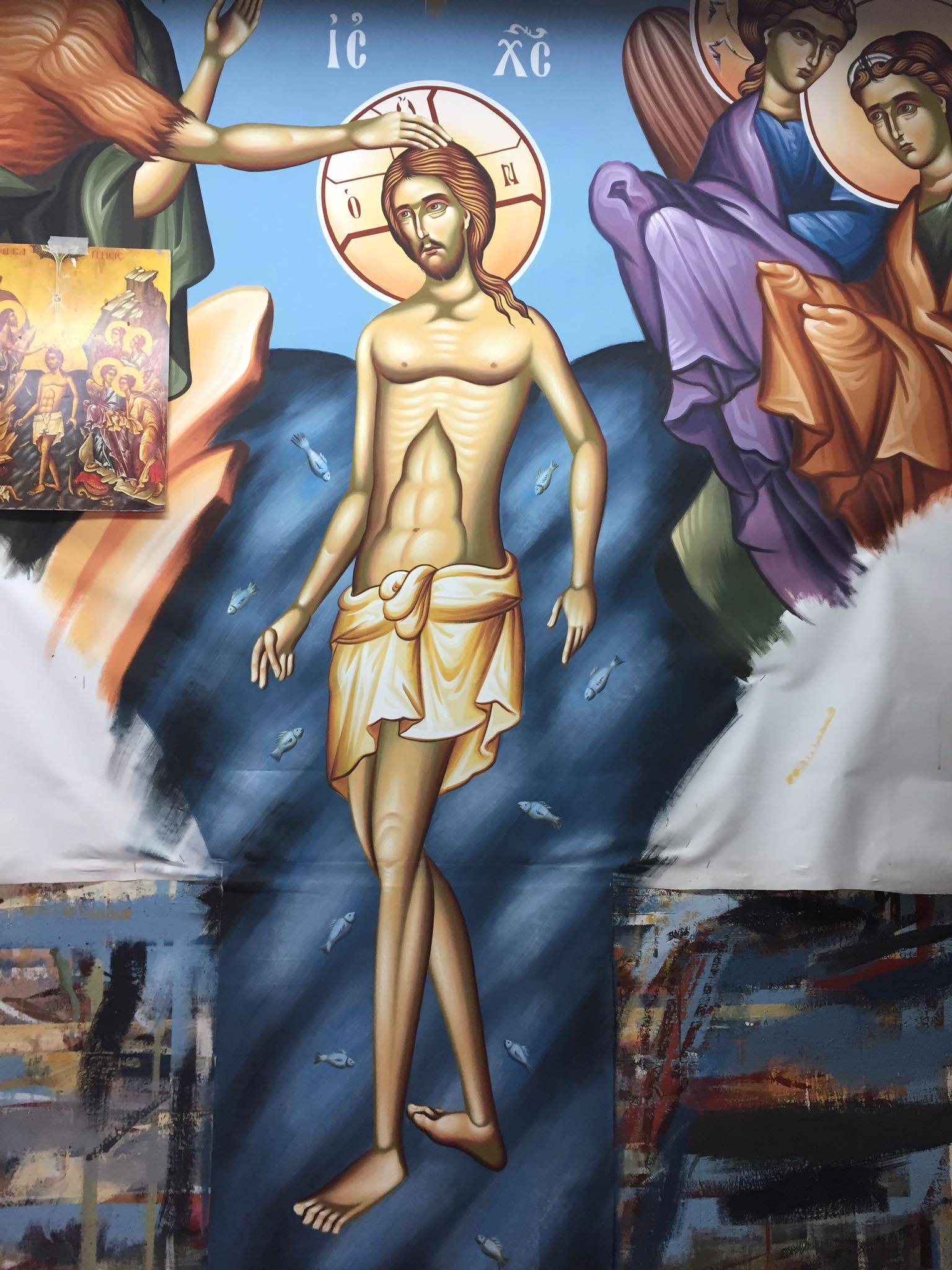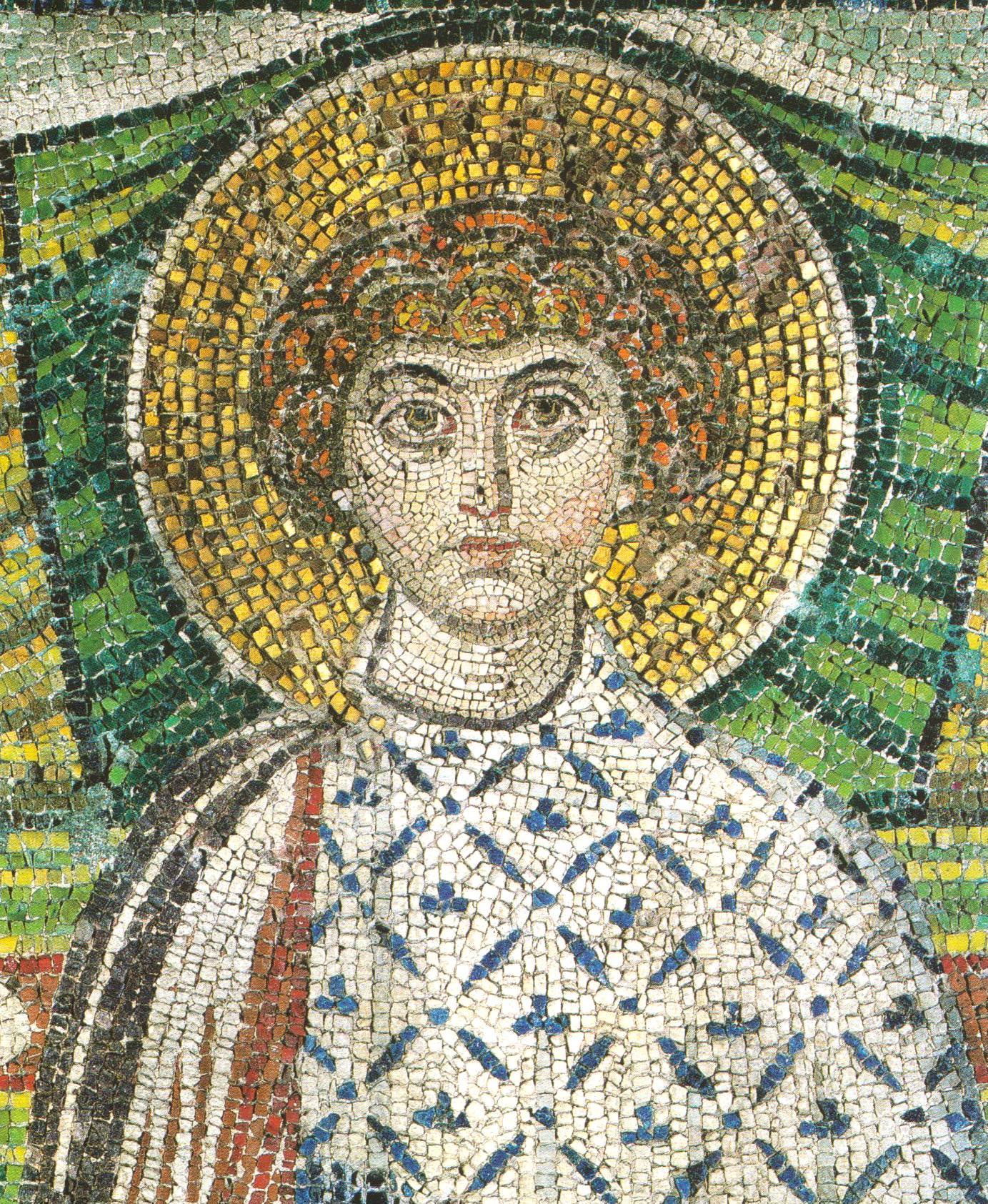Form and Function of Icons
Historical and archaeological research has shown that the art of hagiography was influenced by:
• The art of ancient Greece
• The architecture of the East
• The Hellenistic art (portraits at Fagium)
• The Greekoroman art (wall paintings of Pompeii)
The two large branches, the eastern and the Hellenistic are the main factors that acted as a catalyst in the creation of this art. In greater detail, Great Alexander and his successors succeeded in the creative union of the ancient Greek art with the already existing eastern one. The fruit of the labor is the Hellenistic art. The arrival of Christianity influenced the Hellenistic and, in this way, brought on the Orthodox painting. Of course, the art's character achieved its full potential in the Byzantium, when Constantinople became the center of the Byzantine Empire. There happened the selection of the artistic elements of the two worlds (eastern and Hellenistic) and provided the final character to the painting art.
The art of byzantine hagiography is distinguished by:
Portable Icons
These icons are usually drawing on wood, and the colors are dissolving in egg yolk. Of course, an icon can be painted on some other surface, such as ceramic, old wood, textile.
The "enamel technique" was outstanding in Byzantium. The icon was made on a metallic substrate. With thin wires, they outlined the forms (faces, etc.), and between the wires, they poured enamel colors. To this, so-called enclosed enamels, are included icons, manuals, holy vessels, relic holders, and other items of beautiful and detailed work.
Wall paintings
In this wall painting category, we have two techniques.
- The damp drawing or "fresco."
In this technique, the hagiographer draws on a freshly plastered wall. Only as long as the plaster is wet, the work could succeed because once the plaster is dried, no correction can be made.
- "Xerography" (dry drawing).
Here we have the mixing of the colors with a sticky substance, and the drawing is on drywall.
Mosaics
In the mosaics, instead of colors, small pieces of marble, stones, ivory, stained glass shards are used. They are called mosaic because the walls of caves dedicated to the Muses were decorated with mosaics. While it is not possible to achieve a soft and gradual transition of colors that are used in painting with mosaics, yet the brightness and liveliness of the mosaics instill in the faithful the feeling of transcendence to a different, more spiritual dimension. The works at Saint Luke in Lebadia, in the New Monastery of Chios, in the Monastery of the Nation etc., are considered classics.
Micrography (Miniature drawing)
Micrography or miniature is used mainly for decoration of the manuscripts. The detail and perfection of the features in these works are impressive. The manuscript usually is made of parchment and is called an illustrated manuscript.




